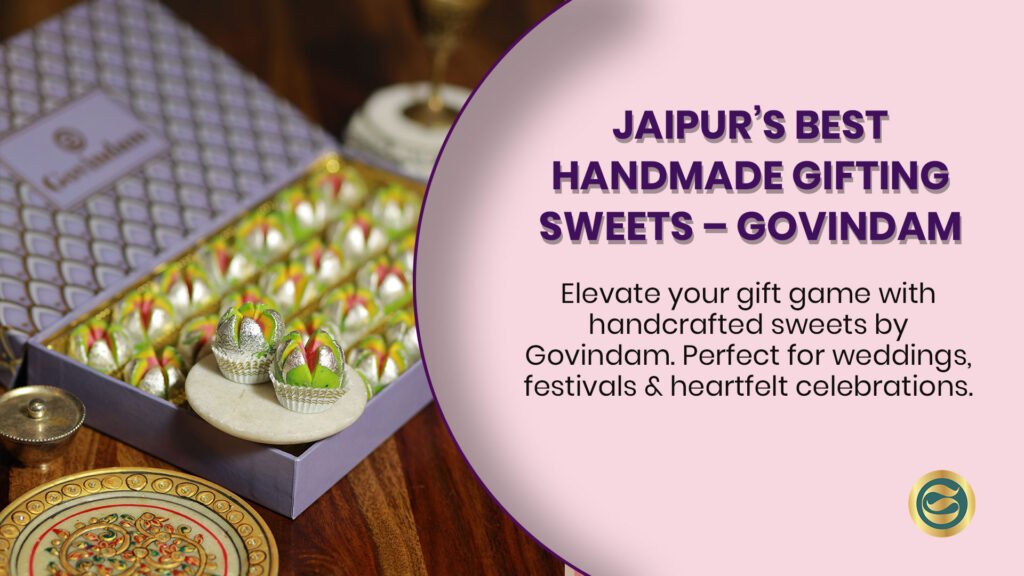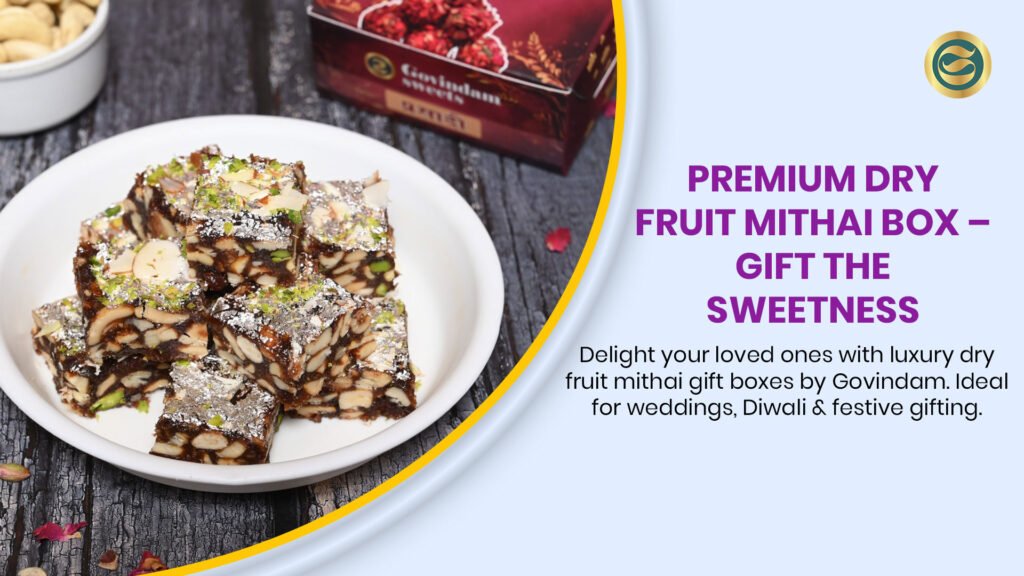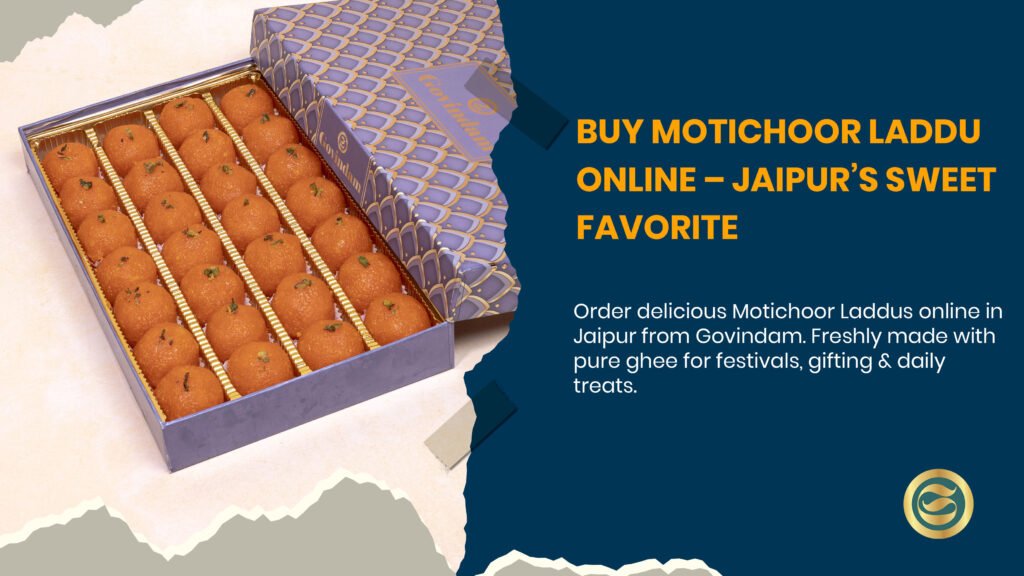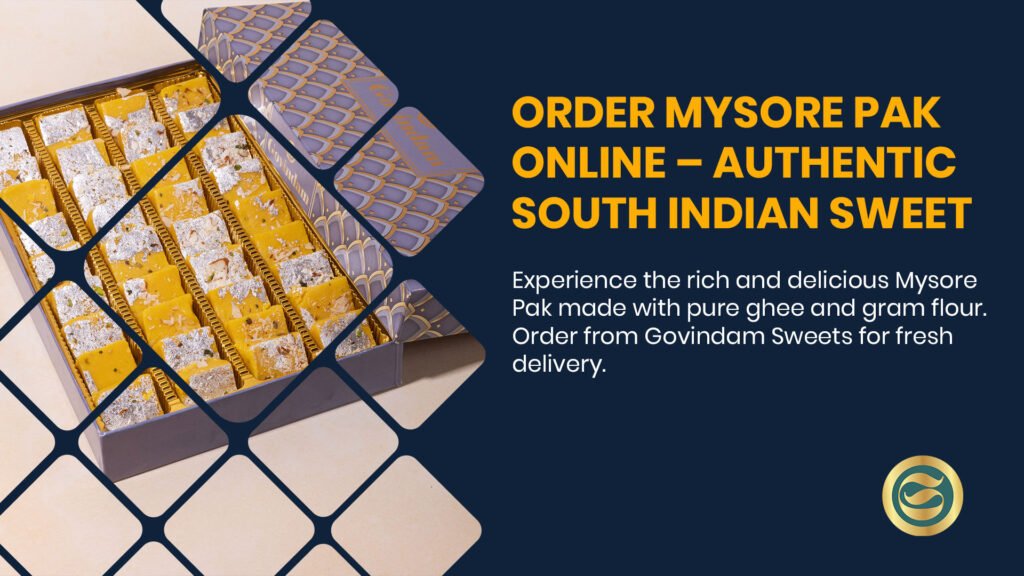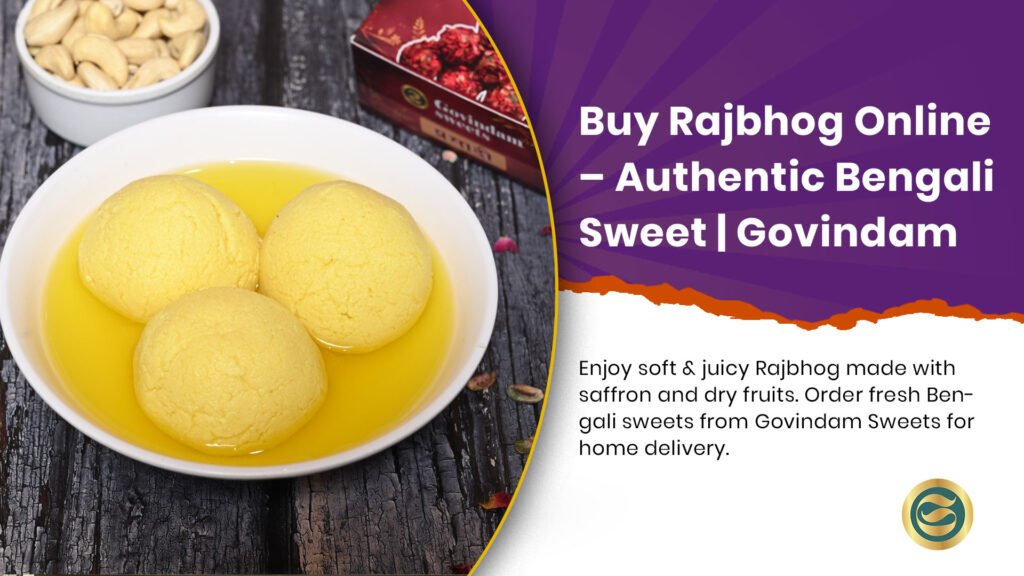Thai Sweets for Festivals and Gifts: Traditional Treats for Every Celebration

Discover authentic Thai sweets perfect for festivals and meaningful gift-giving. These artfully crafted traditional treats feature exotic flavors like pandan, coconut, and mung bean, presented in decorative packaging that honors Thai cultural heritage while creating memorable celebrations for Songkran, weddings, and special occasions.
Experience the Magic of Thai Festival Sweets for Unforgettable Celebrations
In Thailand, sweets are far more than simple desserts—they’re cultural ambassadors, telling stories of heritage, celebration, and community connection through intricate preparation methods and symbolic ingredients. Thai sweets for festivals and gifts represent centuries of tradition, with each delicate creation carrying deep cultural significance for important life events and annual celebrations. These beautiful confections not only delight the palate but also strengthen social bonds and honor ancestral practices.
When seeking the perfect offering for Thai celebrations or thoughtful gifts, these traditional treats stand as the ideal choice for both their exquisite flavors and cultural resonance. Their artful presentation and symbolic ingredients make festival sweets particularly meaningful for milestone events and seasonal gatherings.
The Cultural Significance of Thai Sweets in Celebrations
Throughout Thailand’s rich history, specific sweets have become intrinsically linked to particular festivals and life events. The tradition of giving Thai gift treats carries profound significance that transcends the simple act of sharing food:
- Sweets symbolize sweetness in life and relationships
- The act of sharing desserts represents community bonding
- Certain ingredients and colors hold spiritual significance
- Traditional preparation methods honor ancestral knowledge
- Decorative presentations reflect artistic cultural expression
Each region of Thailand has developed its own unique traditional celebratory sweets, creating a diverse landscape of festival desserts that showcase local ingredients and techniques. From the coconut-rich treats of southern Thailand to the sticky rice specialties of the north, these regional variations add depth to Thailand’s sweet culinary traditions.
For those interested in exploring regional Thai specialties, Govindam offers similar culturally significant sweets from Indian traditions, including the renowned Ghewars collection that showcases the artistry of traditional confectionery.
Show Image A stunning collection of traditional Thai festival sweets featuring vibrant colors and intricate designs that showcase Thailand’s rich culinary heritage
Most Popular Thai Sweets for Festival Celebrations
Certain Thai sweets for festivals and gifts have earned special status for their association with specific celebrations. These beloved treats appear consistently at important gatherings and make perfect gifts for special occasions.
Songkran Festival Favorites
The Thai New Year celebration brings families together with water-themed festivities and special treats that symbolize new beginnings:
- Khanom Chan (ขนมชั้น) – These colorful layered desserts represent the steps to success in the coming year, with translucent pandan and coconut layers creating a stunning visual effect.
- Thong Yip, Thong Yod, and Foi Thong (ทองหยิบ ทองหยอด และฝอยทอง) – This trio of egg-based “golden” sweets symbolizes prosperity and good fortune, making them essential for new year celebrations.
- Khanom Tom (ขนมต้ม) – These glutinous rice balls filled with sweet coconut represent family unity and completeness, with their round shape symbolizing coming full circle.
For those searching for the best Thai sweets for Songkran festival, these traditional options carry both delicious flavors and meaningful symbolism that enhances the celebration’s significance. Similar energy-boosting festival treats can be found in Indian traditions, such as the nutritious Balwan Laddu, which provides sustained energy during long celebration days.
Wedding and Engagement Ceremony Sweets
Thai wedding ceremonies feature specific sweets that symbolize prosperity, fertility, and sweetness in marriage:
Sweet NameSymbolismKey IngredientsKhanom Chan (ขนมชั้น)Layers represent success and progress in marriageCoconut milk, pandan, rice flourMed Khanoon (เม็ดขนุน)Fertility and abundanceMung bean, coconut, palm sugarThong Ek (ทองเอก)Prosperity and golden future togetherEgg yolks, sugar, jasmine essenceTua Pap (ถั่วแปบ)Unity and growthMung bean, coconut, flour
These traditional Thai desserts for weddings are carefully arranged in decorative containers and presented to guests as symbols of gratitude and blessings for the new couple. The presentation is often as important as the treats themselves, with elaborate arrangements showcasing Thai artistry.
For those interested in wedding sweets from other traditions, Govindam’s Bengali Sweets collection offers refined options that honor marriage traditions with similar cultural significance.
Loy Krathong and Festival of Lights Specialties
The enchanting Festival of Lights features unique treats that complement the spiritual nature of this water-based celebration:
- Khanom Khai Hong (ขนมไข่หงส์) – Swan egg-shaped sweets symbolizing grace and beauty
- Luk Chup (ลูกชุบ) – Miniature mung bean treats hand-painted to resemble tiny fruits
- Bua Loy (บัวลอย) – Colorful rice flour dumplings in warm ginger or coconut broth, representing togetherness
These holiday desserts are often served alongside the krathong-making celebrations and boat lantern festivities, adding sweetness to this spiritual occasion. For festive occasions requiring similar ceremonial sweets, consider exploring Chogani Laddu, which offers an exceptional combination of flavor and cultural significance.
Gift Boxes of Thai Sweets for Special Occasions
Modern interpretations of Thai sweet boxes have become sophisticated gifting options for both traditional ceremonies and contemporary celebrations. These carefully curated collections make thoughtful presents for:
- Business relationships and corporate gifting
- Housewarmings and visiting friends
- Expressions of gratitude to teachers or mentors
- Hospital visits and wellness wishes
- Religious offerings and temple donations
Contemporary Presentation of Traditional Treats
Today’s gift boxes of Thai sweets for special occasions blend traditional recipes with modern presentation:
- Elegant Packaging – Handcrafted containers using silk, bamboo, or decorative paper
- Thoughtful Assortments – Curated selections that balance flavors and textures
- Personalized Touches – Custom messages and occasion-specific decorations
- Preservation Techniques – Modern methods that extend freshness without compromising authenticity
- Educational Elements – Information cards explaining the cultural significance of each sweet
These refined presentations make traditional Thai desserts accessible to international audiences while preserving their cultural integrity and meaning. For special events requiring premium desserts, Mawa Kachori serves as an excellent addition to gift boxes, offering rich flavors in an elegant presentation.
Making and Selecting the Best Thai Festival Sweets
Whether preparing these treats at home or selecting the finest options from specialty shops, understanding quality indicators ensures an authentic experience with Thai sweets for festivals and gifts.
Essential Ingredients for Authentic Thai Desserts
The distinct character of Thai sweets comes from specialty ingredients that provide unique flavors and textures:
- Coconut Milk and Cream – The foundation of many Thai desserts, providing richness and smooth texture
- Pandan Leaves – Offering natural green coloring and distinctive aromatic qualities
- Jasmine Essence – Adding subtle floral notes to delicate sweets
- Palm Sugar – Providing complex caramel-like sweetness
- Sticky Rice – Creating distinctive chewy textures in many traditional recipes
- Mung Bean – Forming the base for numerous filled and molded desserts
The finest festival sweets use fresh, high-quality versions of these ingredients without artificial additives or preservatives. For those exploring international sweets, Govindam offers a similar commitment to quality ingredients and traditional preparation methods.
How to Select Quality Thai Sweet Gift Boxes
When choosing Thai gift treats for important occasions, consider these quality indicators:
- Freshness – Quality sweets should be made within days of purchase
- Natural Coloring – Authentic treats use natural food colorings from ingredients like pandan, butterfly pea flowers, and turmeric
- Proper Texture – Each variety has a specific proper texture, from springy to soft to chewy
- Balanced Sweetness – Traditional recipes balance sweetness with other flavor notes
- Artful Presentation – Careful attention to detail in arrangement and decoration
- Cultural Authentication – Information about the origin and significance of each treat
The best suppliers of traditional celebratory sweets maintain tight quality control while honoring traditional methods and ingredients. For those seeking premium gift-quality sweets from other traditions, Chogani Laddu offers exceptional quality with similar attention to detail.
Show Image Exquisitely packaged Thai dessert gift box featuring handcrafted silk wrapping and decorative elements perfect for special occasion gifting
Regional Variations in Thai Festival Sweets
Thailand’s diverse regions each contribute unique specialties to the national sweet tradition, creating a rich tapestry of Thai sweets for festivals and gifts across the country.
Northern Thai Sweet Specialties
The mountainous northern region features distinctive desserts influenced by neighboring cultures:
- Khanom Khai – Crispy deep-fried dough rings served during temple festivals
- Khanom Tuay Fu – Steamed cupcake-like treats with airy texture
- Khanom Dok Bua – “Lotus flower” cookies that symbolize purity
- Khao Tom Mud – Sticky rice with banana filling wrapped in banana leaf
These northern specialties often feature sticky rice as their foundation, reflecting the region’s agricultural focus. This regional variation is similar to how Bengali Sweets represent distinctive eastern Indian traditions with their own unique ingredients and techniques.
Central Thai Traditional Festival Treats
The royal tradition of central Thailand has produced some of the most intricate and elaborate sweet creations:
- Thong Yip – Golden “pinched” cups made from egg yolks
- Saneh Chan – Delicate floral-shaped treats scented with jasmine
- Look Choop – Miniature fruit-shaped mung bean desserts
- Khanom Buang – Crispy crepes with sweet or savory fillings
Central Thai festival sweets often showcase the refined techniques developed in the royal courts, with detailed shapes and artistic presentations. For those who enjoy savory snacks alongside sweet treats, Namkeen offers excellent complementary options that balance the sweetness of desserts.
Southern Thai Sweet Delicacies
The tropical southern region produces coconut-rich treats with bold flavors:
- Khanom Ko – Chewy, indented rice cakes symbolizing prosperity
- Tuay Talai – Coconut pudding infused with butterfly pea flower
- Lod Chong – Green rice flour “worms” in sweet coconut milk
- Gluay Khai Chuam – Banana in aromatic syrup, often served at weddings
These southern specialties feature the abundant tropical fruits and coconut products native to the region, creating distinctive flavors not found elsewhere in Thailand. This regional specialization is comparable to how Ghewars represent distinctive Rajasthani traditions with their unique honeyed flavors.
How to Serve and Present Thai Festival Sweets
The presentation of Thai sweets for festivals and gifts is an art form itself, with specific traditions governing how these treats should be offered and enjoyed.
Traditional Serving Customs
Specific etiquette surrounds the presentation of traditional celebratory sweets:
- Proper Containers – Different occasions call for specific serving vessels, from banana leaf boats to silver trays
- Ceremonial Timing – Certain sweets are served at precise moments during celebrations
- Accompanying Beverages – Traditional pairings include jasmine tea, chrysanthemum tea, or Thai iced tea
- Serving Temperature – Some treats must be served warm, others chilled or at room temperature
- Proper Portions – Traditional serving sizes are often smaller than western desserts
Understanding these customs enhances the cultural experience and shows respect for Thai traditions when serving Thai gift treats. This careful attention to presentation protocols is similar to the serving traditions for Mawa Kachori, which also has specific serving customs for special occasions.
Modern Presentation Innovations
Contemporary Thai chefs and dessert artisans have developed new ways to present traditional sweets for today’s celebrations:
- Individual packaging for hygiene and convenience
- Fusion presentations incorporating international design elements
- Sustainable packaging using eco-friendly materials
- Interactive serving methods that engage guests
- Educational presentation cards explaining each sweet’s significance
These modern approaches make festival sweets accessible to new audiences while maintaining their cultural integrity. Similarly, creative presentation innovations can be seen in Pyaz Kachori and other traditional treats that blend tradition with contemporary presentation methods.
Where to Find Authentic Thai Sweets Online and In-Store
For those seeking genuine Thai sweets for festivals and gifts, several reliable sources provide authentic products:
Specialty Dessert Shops
Dedicated dessert shops specializing in traditional sweets offer the freshest and most authentic options:
- Govindam – Explore our selection of premium handcrafted sweets
- Balwan Laddu – Discover our signature energy-boosting sweet
- Ghewars – Explore our honey-soaked disc-shaped treats
- Bengali Sweets – Discover our regional specialty sweets
- Mawa Kachori – Try our rich, stuffed sweet pastry
These specialized retailers maintain traditional preparation methods while ensuring quality and authenticity.
Additional Options for Sweet Treats
For those looking to complement their Thai sweet experience with other options:
- Chogani Laddu – Try our premium sweet offering
- Namkeen – Explore our savory snack options
- Pyaz Kachori – Discover our savory filled pastry
- Samosa – Try our popular triangular savory snack
These additional options provide perfect complements to a sweet dessert selection, creating a balanced offering for any event or gift basket.
Health Considerations and Modern Adaptations
Today’s consumers often seek healthier versions of traditional treats, leading to adaptations of classic Thai sweets for festivals and gifts.
Healthier Versions of Traditional Thai Sweets
Innovative chefs have developed modified recipes that maintain authenticity while addressing dietary concerns:
- Reduced Sugar Options – Using natural sweeteners like monk fruit or stevia
- Gluten-Free Adaptations – Rice flour-based alternatives for wheat-containing treats
- Vegan Variations – Plant-based substitutes for egg-based desserts
- Diabetic-Friendly Choices – Low-glycemic alternatives for traditional favorites
- Portion-Controlled Presentations – Miniature versions of classic treats
These healthier interpretations make festival sweets accessible to those with dietary restrictions or health concerns. For health-conscious consumers, Pyaz Kachori offers a savory alternative with whole grains and vegetable ingredients.
Preserving Authenticity While Meeting Modern Needs
Balancing tradition with contemporary preferences presents unique challenges:
- Using traditional techniques with modern equipment
- Maintaining cultural significance while adapting ingredients
- Educating consumers about authentic versus modified versions
- Preserving artisanal methods in commercial production
- Documenting traditional recipes for future generations
The most successful producers of Thai gift treats find this balance by honoring the core elements of tradition while making thoughtful adaptations for today’s market, just as Govindam balances tradition with innovation in their sweet offerings.
DIY Thai Sweet Gift Boxes for Personal Celebrations
Creating personalized Thai sweet boxes adds a meaningful touch to special occasions and allows for customization to recipient preferences.
Essentials for Homemade Thai Sweet Gift Presentations
For those creating their own gift boxes, these elements ensure an authentic and impressive presentation:
- Quality Containers – Bamboo baskets, silk-wrapped boxes, or traditional ceramics
- Proper Wrapping Materials – Banana leaves, pandan leaves, or food-grade paper
- Decorative Elements – Fresh flowers, ribbon in auspicious colors, or handwritten cards
- Preservation Techniques – Proper cooling, individual wrapping, and freshness indicators
- Accompanying Information – Cards explaining the cultural significance of each treat
These elements transform homemade traditional celebratory sweets into professional-quality gift presentations. For authentic container inspiration, examine the careful packaging of Samosa and other traditional treats that employ decorative yet functional packaging.
Simple Recipes for Beginner Sweet Makers
Newcomers to Thai dessert making can start with these accessible recipes:
- Coconut Sticky Rice with Mango – A beloved classic requiring minimal specialized ingredients
- Bua Loy – Simple rice flour dumplings in sweet coconut milk
- Kluay Buat Chi – Bananas in coconut milk with a touch of salt
- Tako – Pandan-scented coconut pudding with water chestnut pieces
- Ruam Mit – Mixed tropical fruits in sweetened coconut milk
These approachable recipes provide an entry point into the world of sweet making before advancing to more complex techniques. Similarly, Balwan Laddu offers a straightforward introduction to Indian sweet-making traditions.
Frequently Asked Questions About Thai Festival Sweets
Q: How long do traditional Thai sweets stay fresh?
A: Most traditional Thai sweets are best consumed within 1-3 days of preparation, though some varieties with higher sugar content may last up to a week when properly refrigerated. Gift boxes typically include treats selected for their stability.
Q: Are traditional Thai sweets very sweet compared to Western desserts?
A: Thai sweets often feature complex sweetness from natural ingredients like palm sugar and coconut, creating a more nuanced flavor profile than many Western desserts. The sweetness is typically balanced with other elements like salt, pandan, or jasmine.
Q: What makes a Thai sweet appropriate for a wedding gift?
A: Wedding-appropriate Thai sweets typically feature auspicious colors (especially gold and red), symbols of prosperity and fertility, and elegant presentation. The traditional nine auspicious desserts (khanom mongkol) are especially suitable for wedding occasions.
Q: Can I find dairy-free Thai desserts?
A: Many traditional Thai sweets are naturally dairy-free, using coconut milk rather than cow’s milk. However, some modern adaptations may incorporate dairy, so it’s always best to check ingredients if you have dietary restrictions.
Q: What is the significance of the golden Thai desserts?
A: Golden Thai desserts like Thong Yip, Thong Yod, and Foi Thong originated in the royal palace and symbolize prosperity and good fortune. Their gold color represents wealth and success, making them popular for important celebrations and merit-making occasions.
Q: Are there seasonal Thai sweets that are only available during specific festivals?
A: Yes, several Thai sweets are strongly associated with specific festivals. For example, Khanom Khai (egg nests) are particularly popular during Songkran, while Khanom Buang (crispy crepes) are often found at temple fairs, and certain sticky rice desserts appear primarily during harvest festivals.


